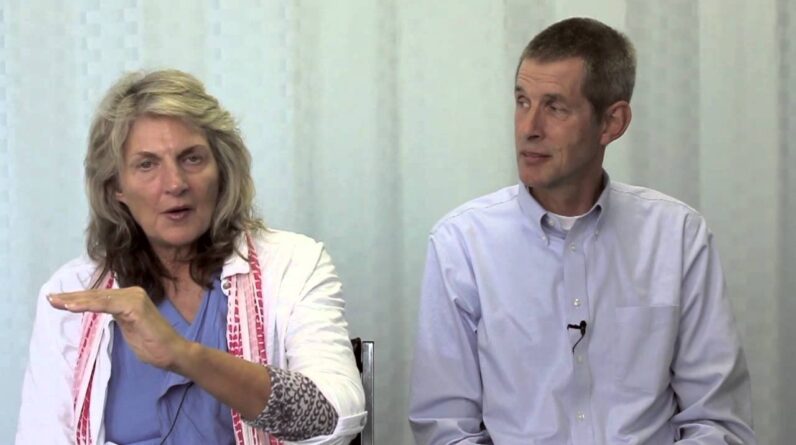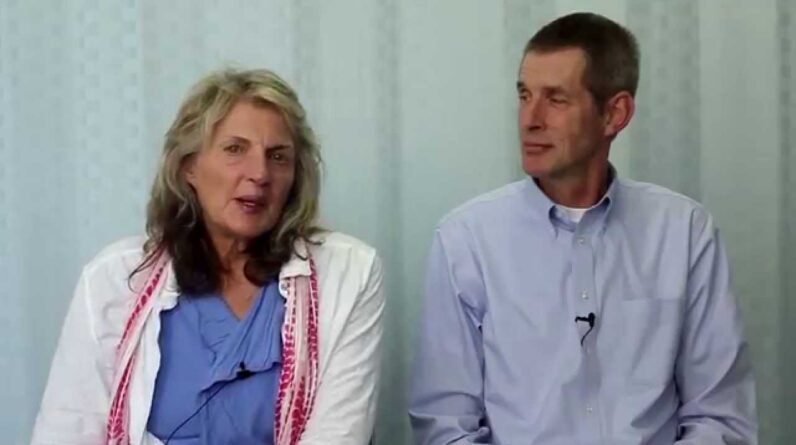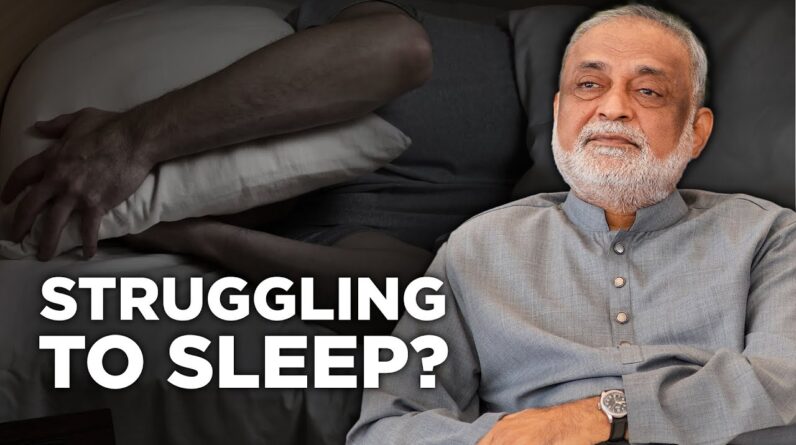
Translator: Delia Bogdan
Reviewer: Ilze Garda Usually, I would be standing
on this stage over here, conducting the college orchestra, because I'm a music professor. But tonight I'm going to talk about my moonlight activities
in the field of science. (Laughter) And how they led to a cancer research lab
and an important breakthrough. Over the past eight years,
I've had the great pleasure of working with some brilliant
and dedicated scientists. They were very open-minded,
and we had a common dream: that in the future, children
would not have to suffer from cancer or from the terrible side effects
of toxic drugs or radiation, because we believed
there just had to be a better way. There had to be a better way,
and we think we may have found it.
A scientist said, "You're killing more cancer cells
than as if you had used radiation." That same scientist went on, "If you had spent millions of dollars developing a new drug
that killed this many cancer cells, it would be a home run." This was an astonishing thing to hear,
especially for a music professor who had just completed
his first experiments in a cancer lab. But we didn't use any radiation. We didn't use any drugs. So what did we do? I have here two identical tuning forks,
both tuned to the note A, the note an orchestra tunes to. These forks are both made to vibrate
440 times per second. We say their frequency is 440 hertz. If I tap this fork,
putting little pulses of energy into it, the second fork
will also vibrate in sympathy, and if I silence this fork, we just may hear the other
singing its tone.
(Sound of an A note) We say that I'm inducing a sympathetic resonant vibration
in the second fork. It only works because both forks
are tuned to the exact same frequency. Many of us have seen this very charming
young man on the Internet who shatters crystal glasses
with his powerful voice. But if you watch him carefully, you'll see that first he taps the glass
with his finger and listens. The glass sings
its natural resonant pitch. Then he takes a deep breath
and sings a loud, long note. He induces a resonant vibration
in the crystal glass. The vibration grows larger
and larger and larger until the glass is shattered. On the other end of this scale, we have a giant bridge
made out of concrete and steel, a suspension bridge,
the Tacoma Narrows Bridge.
Cars, and trucks, and busses
are going over it every day. Unfortunately,
where they built this bridge, there was a steady wind blowing across it, and one day, this wind induces
a small vibration in the bridge, hardly noticeable, but the frequency of the vibration matches the resonant frequency
of some part of the bridge, and the vibrations gets larger
and larger and larger until the bridge collapses
into the river below. A destructive resonant frequency. So on one end of the scale, we have a giant concrete and steel bridge
destroyed by resonance and on the other,
we have a small crystal glass, shattered. So maybe we could shatter
something even smaller, something really small, something
you would need a microscope to see. Maybe we could shatter
a living microorganism. But to do that you'd need some sort
of theory to serve as a basis. And we find that basis in a wonderful book called "The Rainbow and the Worm:
The Physics of Organisms", by a scientist, Mae Wan Ho.
That book makes a very strong case that living organisms and cells
are liquid crystals, or in the least, they have
many properties of liquid crystals. Now, we are all familiar
with liquid crystals because they are in our laptop,
computer screens: LCD display, Liquid Crystal Display. We can change the qualities
of the liquid crystals in our computer screen by sending
special electronic signals to it. We can change the color and the shape
on the screen with these signals.
So maybe we could change a biological living liquid crystal
with a special electronic signal. But in order to do that,
we would need some kind of device. So we searched the US Patent database, and we found this invention by a physician Dr. James Bare of Albuquerque, New Mexico. It's called
Resonant Frequency Therapy Device, and its purpose is to induce
a resonant vibration in a living organism or a cell. And there are two really important things
about this device. The first is that it uses
a very special kind of antenna: they take a hollow glass sphere, they evacuate the air,
they put in some helium gas, and when we send in
our electronic signals, the helium gas lights up
like a fluorescent light.
An electrified gas is called a plasma,
so this is called a plasma antenna. It has many special properties
uniquely suited for this kind of work. The second important aspect
about Dr. Bare's invention is that the output always pulses:
it's on, it's off, it's on and it's off. This is very important,
because when you're doing research on the effects of electromagnetic waves
on living organisms and cells, if the signal is constantly on, you're in danger of inducing
heat in those cells, and heat causes
indiscriminate destruction. We don't want that.
We want targeted destruction. So, we don't have to worry about heat. And now, we go to the biology laboratory. We take dr. Bare's device and the hunt begins through a microscope for a frequency which will shatter
a living microorganism.
We have a method
of controlling Dr. Bear's device by an input control frequency. So if I put in, say, 100 hertz, out will come 100 pulses per second. If I put in 200 hertz,
I will get 200 pulses. So now we're searching
for the magic frequency, and we start with 100 Hz, and we look through the microscope
to see if anything is happening. We watch for five minutes. Nothing happens. So we try 101 Hz. We look through the scope
for five minutes, and nothing happens. So we try 102, 103 and so on. Over the course of 15 months, we try hundreds and hundreds
of frequencies, if not thousands, until we find the magic combination. The answer is you have to have
two input frequencies – one low, one high – and the higher frequency
must be eleven times the lower.
It's what we, musicians,
would call the eleventh harmonic. When we add the eleventh harmonic, we begin to shatter microorganisms
like a crystal glass. These are the first videos taken. We showed these videos to our friends
in the Biology department. They said they hadn't seen
anything quite like it. Seems to be a new phenomenon. These organisms are being shattered
by our electronic signals.
This is a harmless organism,
almost friendly, a little blepharisma. Normally, they're very fast swimmers, but when you approach a frequency
to which they are vulnerable, they begin to slow down, then they stop, and then they begin to disintegrate
within about three minutes. So now we know we can destroy
a microorganism, and the question comes up, "But can you target a specific organism
with a specific frequency?" So in this next video, you'll see a large organism in the center,
a paramecium undergoing disintegration, and swimming all around it, a tiny different organism
which is unharmed. If we're lucky, we'll also hear the audio as I narrate
the experiment live in a noisy lab.
(Video) Perhaps you can see
this sort of fireworks effect happening, in the growing blister
to the right of the organism. And here comes a little neighbor,
wondering what's going on. He's testing. And you can see blisters forming now on the lower left quadrant
and upper left quadrant. The shape is now changing. And a major explosion at the top." So now we have some evidence that we can target specific microorganisms
with specific frequencies. And we made several more videos, and we filmed the destruction
of hundreds of microorganisms.
About this time, we meet a cancer researcher,
and we [show] him these videos. This results in an invitation
to spend four months in a cancer research lab
trying to shatter cancer cells. This is our setup in the lab. You can see the microscope
with cancer cells on it. Here's the plasma tube, and here is my little
frequency control box. First, we attack pancreatic cancer. Take a good look at this slide because the next one
will look quite different.
After we treat these cells,
they change their shape and size, and they begin to grow long,
rope-like structures out the sides. They look something like antennas. I call them bio-antennas,
for biological antennas. It's as if the cancer cells
are trying to tune in to our signal. It also turns out this is the beginning of a process
of destruction for cancer cells. We now know that cancer is vulnerable between the frequencies
of 100 000 hertz and 300 000 hertz. So now we attack leukemia cells. Leukemia cell no. 1
tries to grow a copy of itself, but the new cell is shattered
into dozens of fragments and scattered across the slide. Leukemia cell no. 2
then hyperinflates and also dies. Leukemia cell no. 3 then tries,
to make another cancer cell, the new cell is shattered
and the original cell dies. But killing a handful of leukemia cells
is not enough for a patient. What kind of numbers can we do? In repeated
controlled laboratory experiments, independently essayed
by the two top experts, we killed an average of 25% to 42%
of the leukemia cells, as high as 60%.
We also determined that we slow the growth rate
of the cancer by as much as 65%. So, a double effect. Now we attack ovarian cancer cells. This is a more distant shot. Here you see brackets
coming up around the cells, showing groups of ovarian cancer cells
which are being destroyed. You can see by the end of the video that great many ovarian cancer cells
were destroyed. Now we attack pancreatic cancer once more. In the center of the screen
is a clump of pancreatic cancer cells like a microtumor under the microscope. We turn on our electronic signals,
and the tumor shrinks and is broken up.
The cells are disconnecting,
disaggregating; the opposite of forming a tumor. And some of the cells are destroyed. In our most recent work,
we attack the deadly organism MRSA. MRSA is particularly dangerous because it's resistant
to many common antibiotics. Thousands of people
die every year from MRSA. They have drugs for it,
but they have very toxic side effects. We found that our electronic signals could actually eliminate
antibiotic resistance in MRSA. Then, by adding a very small amount
of a common antibiotic, we were able to kill MRSA
and slow its growth rate. Since I was a 17-year-old
highschool student with twin interest
in both music and science, I never imagined the two would come together
in a cancer research lab. I now believe that the future
cancer treatment rooms for children will be a very different place.
It would be a pleasant place where children gather
and make new friends. They probably
won't even know they're sick. They'll draw pictures, color in their books,
play with their toys, all the while unaware that above them
are beautiful blue pinkish plasma lights emanating healing,
pulsing electric fields, shattering their cancer,
painlessly and non-toxically, one cell at a time. Thank you. (Aplause).






